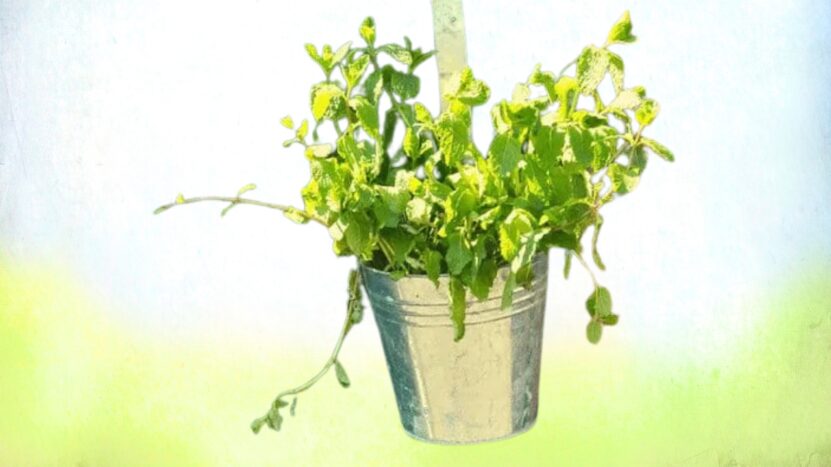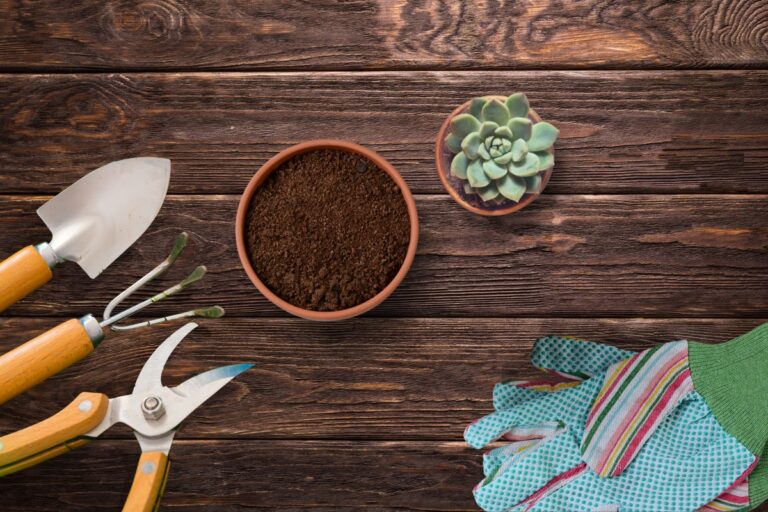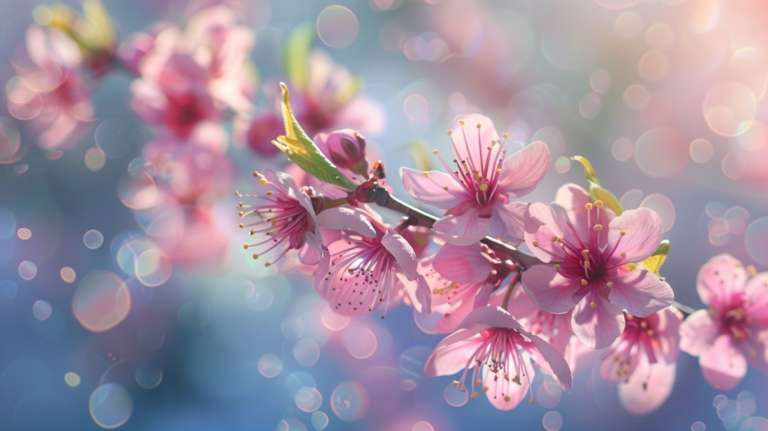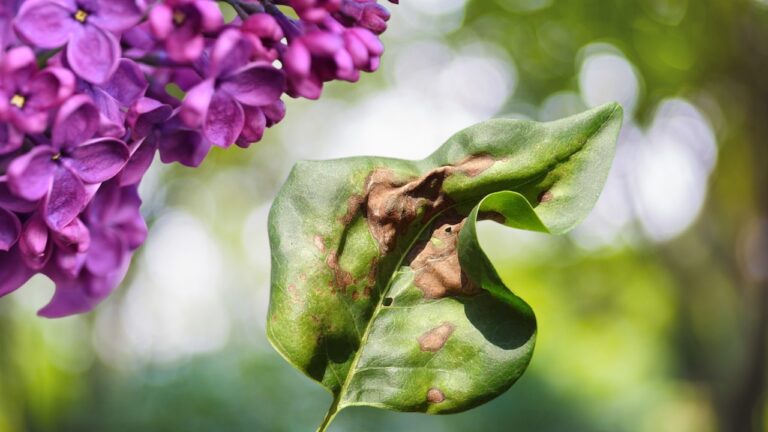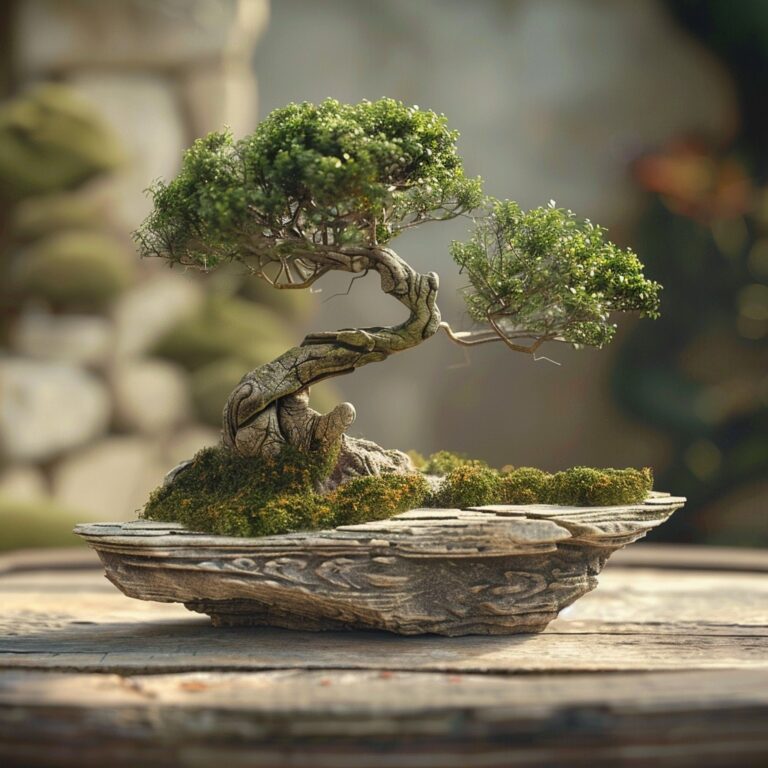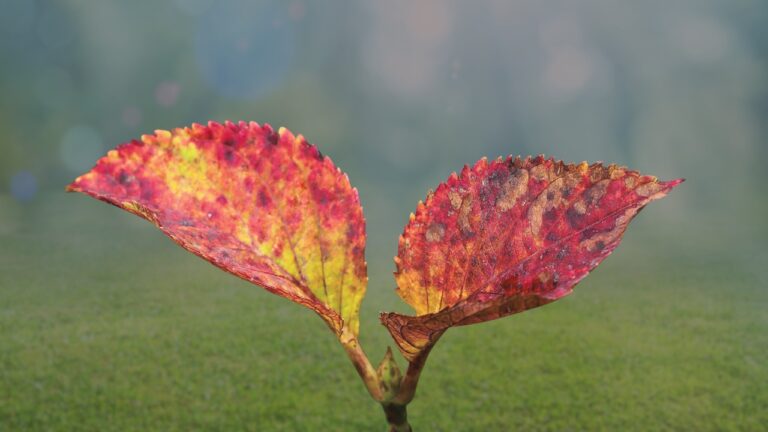Keeping mint plants healthy and green can be tricky sometimes. You may notice the leaves starting to turn yellow, which is never a good sign. The plant is trying to tell you it needs some help!
This article will explore the main issues that can lead to yellowing mint leaves.
1. Overwatering
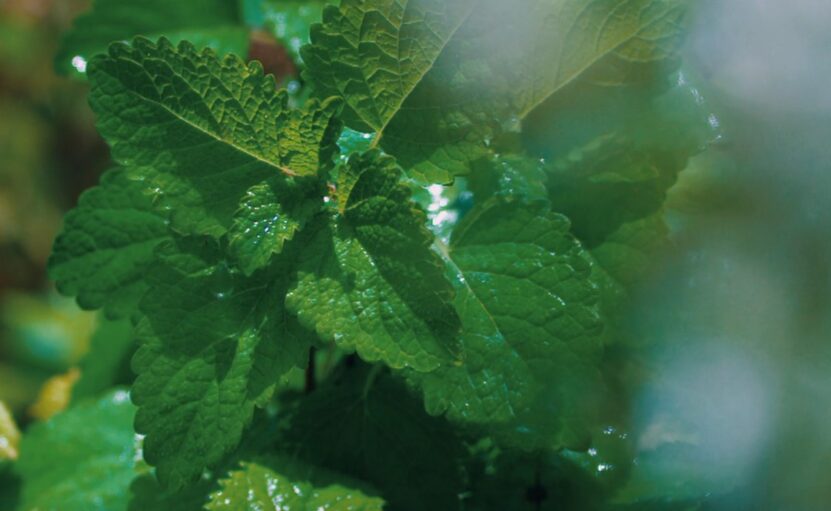
If you notice the leaves turning a sad yellow color and feeling kinda soft and floppy, it’s probably getting more H2O than it needs.
When this happens, the key thing is to ease up on watering it so much. Let the dirt dry out a bit more between waterings so the roots aren’t soaked all the time. Roots need air just like we do, and too much wetness stops them from breathing.
Also make sure the pot has holes on the bottom so extra water can drain out. Standing water is no good at all for roots – it can actually drown them if there’s nowhere for the liquid to go.
2. Underwatering
Not getting enough water can cause problems too. If the leaves turn yellow around the edges but stay dry, they likely need more water.
When mint is underwatered, the soil dries out too much. Over time this stresses the roots since they can’t get the moisture they need. To fix it, you’ll want to slowly increase how much you water.
Check the top layer of soil every day by feeling it with your fingers.
3. Poor Drainage and Root Rot
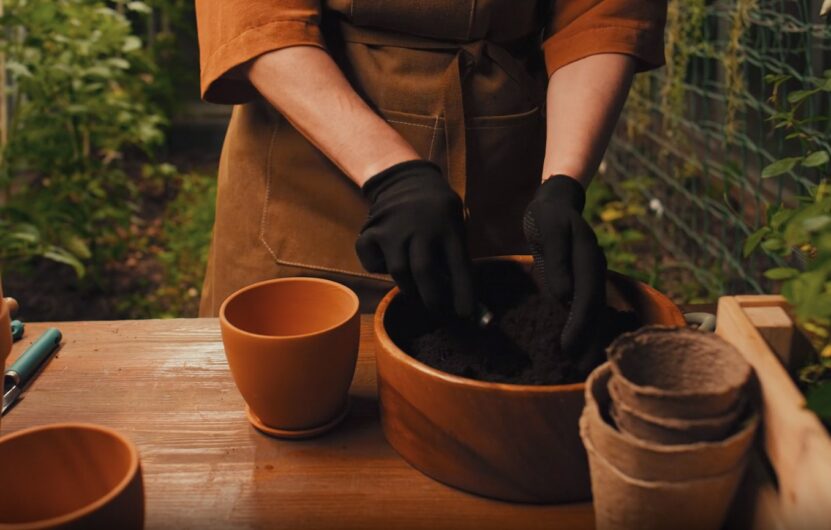
If the roots start to look soggy and brown, that means rot has set in.
To fix drainage issues, the soil needs some sprucing up. Mixing in materials like perlite or sand helps create space in the dirt for air to move around better. This allows water to drain out instead of sitting and drowning the roots.
4. Light and Nutrient Needs
Light and nutrients are really important for mint too. It needs plenty of sunshine to thrive. An east or west-facing window is perfect or use special lights inside if needed.
The soil also needs good stuff for the plant to grow big and strong. Using a fertilizer meant for herbs and veggies can fix any missing nutrients. Just be sure to follow the directions for how much and how often to use it.
Too much fertilizer can burn the roots, so go slow at first until you get the hang of it.
5. Proper Care for Your Plant’s Needs
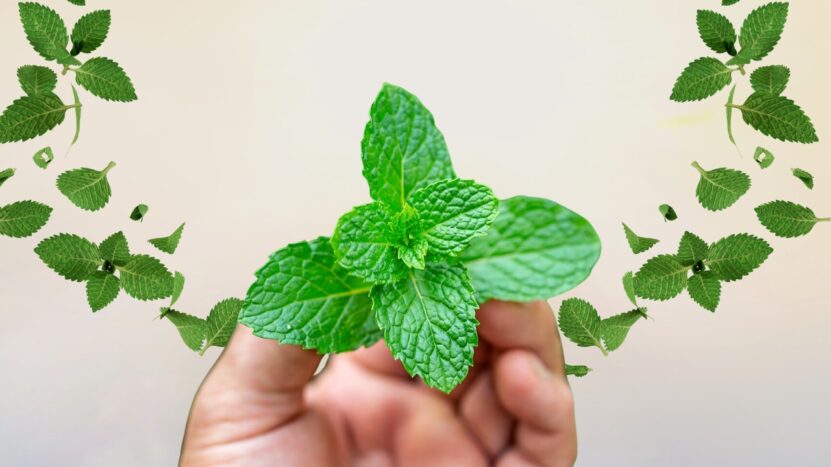
As the seasons and weather change, watch how the plant reacts and tweak things like watering and sunlight. In spring and summer, it’ll need more, while winter wants less.
If any leaves start looking sad and yellow, take a good look at your care routine. Are you watering too much or too little? Is it getting enough sun? Maybe the soil needs more fertilizer.
6. Fungal Diseases
Taking care of problems before they start is always smarter than fixing them once they’re there. For fungus issues, making sure water can drain well is important.
You can also help prevent diseases by moving your mint plants to different spots in the yard each year. This confuses any germs that may be lurking in the soil.
If you notice rust or other fungal signs, don’t panic. Apply a plant medicine specifically for fungus following the instructions closely.
7. Pest Issues
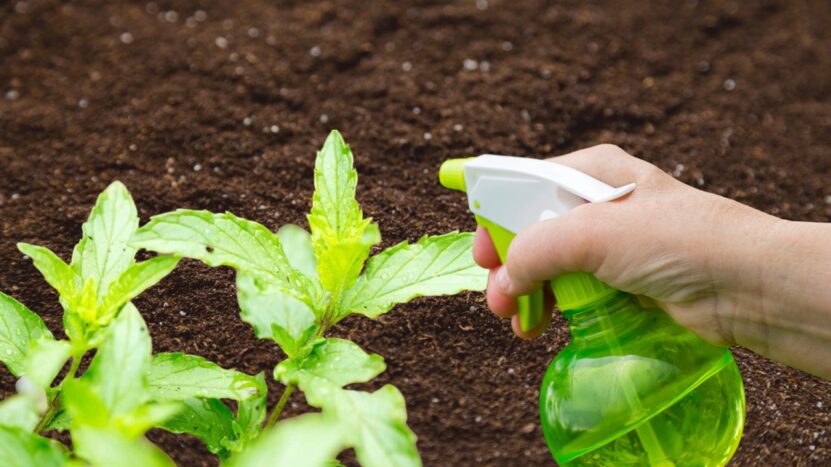
Aphids will multiply like crazy and suck all the juice from the leaves. Before long your mind will start to look sad. But don’t worry – there’s an easy way to get rid of those pesky pests.
Insecticidal soap is great for killing aphids safely. Just follow the directions on the bottle to spray it on any leaves that have bugs. The soap will dissolve their little bodies without hurting your plant.
The Bottom Line
Pay attention to how your mint is doing and tweak things like water, light, food or bug sprays when needed. As long as you observe the plant and adjust your care based on its needs, it will reward you with lush green leaves all season.
Keep an eye out for any signs of yellow leaves on roses, adjusting your care regimen accordingly to ensure vibrant blooms throughout the season.

